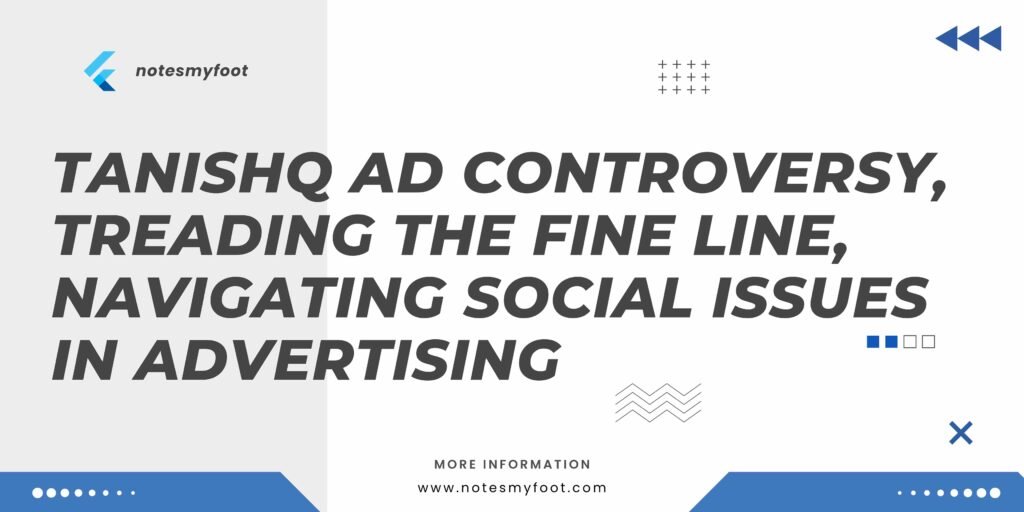
Tanishq Ad Controversy, Treading the Fine Line, Navigating Social Issues in Advertising
In the realm of advertising and communication management, brands often strive to create impactful campaigns that resonate with their target audience. One such recent ad campaign that sparked controversy and ignited widespread discussions is the Tanishq Ad Controversy. This blog post aims to delve into the need for cautious handling of social issues in advertising, examine the message strategy, analyze consumer behavior, explore the role of self-regulation, and assess the potential impact on a brand’s image.
Section 1: Understanding the Message Strategy
Effective advertising campaigns rely on a well-defined message strategy. By understanding the target audience and their preferences, brands can craft messages that resonate deeply. In the case of the Tanishq Ad, the message strategy aimed to promote social harmony and inclusivity, highlighting the beauty of interfaith relationships through the lens of a jewelry brand.
Section 2: Analyzing Advertising Appeals and Consumer Behavior
Different advertising appeals, such as emotional, rational, or social appeals, can evoke various responses from consumers. In this particular ad, the emotional appeal was employed to showcase love and togetherness. However, consumer behavior is complex and can vary across different demographics, cultures, and social contexts. The Tanishq Ad controversy shed light on the polarizing reactions and differing interpretations from the audience.
Section 3: The Use of Social Issues in Ads
The incorporation of social issues in advertising can be a double-edged sword. While it can create meaningful conversations and raise social awareness, it also carries the risk of stirring controversy. Brands must carefully assess the social and cultural context, potential sensitivities, and the impact their messaging may have on various segments of the audience. The Tanishq Ad controversy highlights the importance of navigating this terrain with caution.
Section 4: Steps for Companies Before Addressing Social Issues
Before embarking on campaigns that touch upon sensitive social issues, companies should undertake thorough research and due diligence. Understanding the cultural landscape, consulting with experts, and conducting focus groups can provide invaluable insights. Brands must also assess the potential risks and benefits, ensuring that the messaging aligns with their core values and purpose.
Section 5: The Need for Self-Regulation in Advertising
While regulations exist to govern advertising practices, self-regulation plays a vital role in maintaining ethical standards. Brands must take responsibility for their messaging, ensuring it is respectful, inclusive, and sensitive. By implementing robust internal processes and adhering to industry guidelines, companies can proactively address potential controversies and safeguard their brand reputation.
Section 6: Impact of a Wrong Messaging Strategy
The repercussions of a wrong messaging strategy can be severe for a brand. In the case of the Tanishq Ad controversy, the backlash on social media and the subsequent trolling highlighted the potential risks associated with addressing sensitive topics. Negative sentiment and brand image damage can have longlasting consequences, impacting consumer trust and loyalty.
Conclusion:
The Tanishq Ad Controversy serves as a reminder of the delicate balance that brands must strike when addressing social issues in their advertising campaigns. By understanding the message strategy, analyzing consumer behavior, and exercising self-regulation, brands can navigate these waters with caution. The power of advertising lies not just in promoting products or services but also in fostering positive social change. With careful planning, sensitivity, and a clear understanding of the target audience, brands can leverage social issues to create meaningful connections while minimizing potential risks. Also check out Zara’s Logo Redesign: A Bold Step into the Future?
